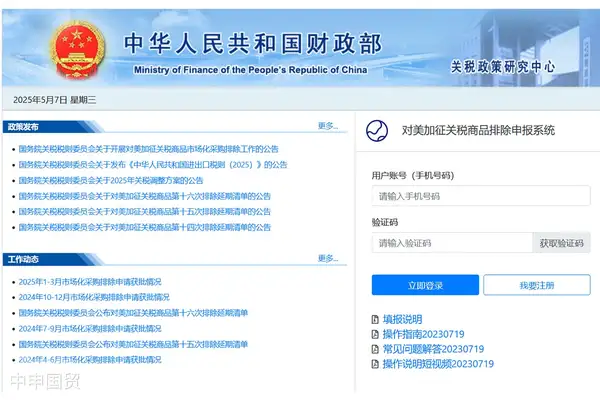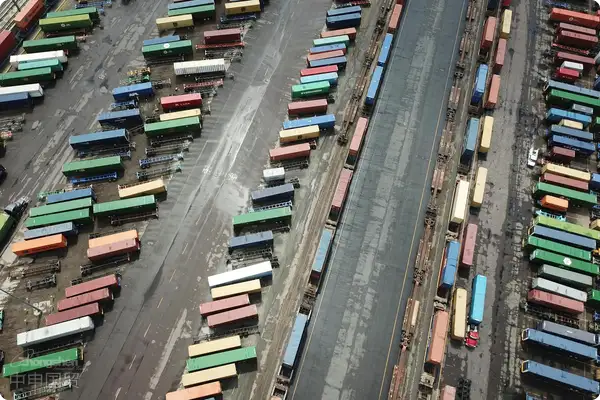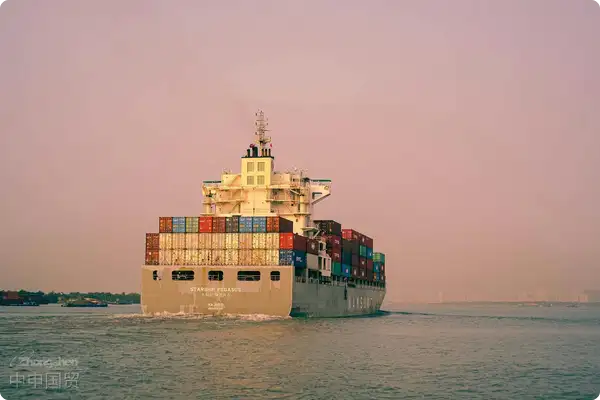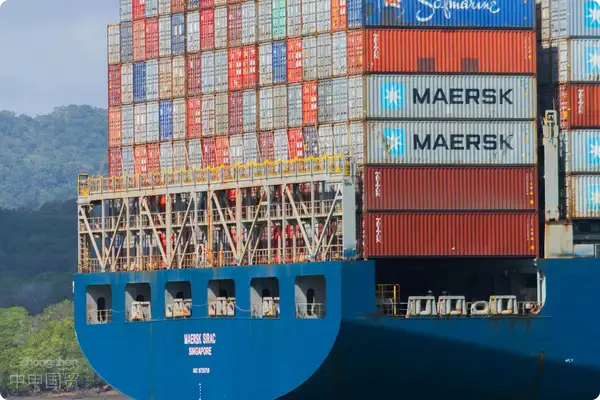- Shanghai Zhongshen International Trade Co., Ltd. - Two decades of trade agency expertise.
- Service Hotline: 139 1787 2118
Russia, a key player on the international political stage, has once again become the focus of global economic observers. According to the Russian governments website, from October 1, 2023, to the end of 2024, flexible export tariffs linked to the ruble exchange rate will be imposed on various goods to ensure price stability in the domestic market. How can we understand the far-reaching implications of this policy?
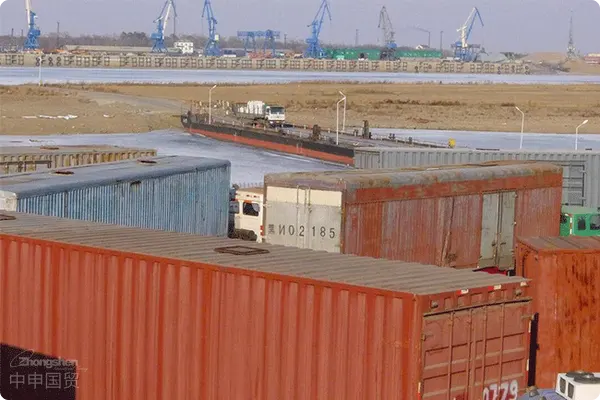
Background of the Flexible Export Tariff Policy
(1) Recently, inflationary pressures have been increasing in many countries worldwide. Russia is no exception, with its central bank raising the benchmark interest rate by 100 basis points to 13% on September 15 and revising its 2023 inflation forecast upward to 6%-7%.
(2) This reflects rising domestic price pressures, particularly for key goods, which could affect ordinary citizens livelihoods.
(3) The Russian government has implemented a series of countermeasures, including this flexible export tariff policy.
The Precise Mechanism of the Tariffs
(1) According to Russian government documents, the flexible export tariff rates are closely tied to the ruble-to-dollar exchange rate. When the exchange rate is between 1:80 and 1:85, most listed goods will face a 4% tariff rate; between 1:85 and 1:90, the rate increases to 4.5%; between 1:90 and 1:95, the rate is 5.5%; and when the exchange rate exceeds 1:95, the tariff rate will reach 7%.
(2) For specific goods like fertilizers, the export tariff rate can be as high as 10%, significantly higher than other goods.
(3) When the ruble-to-dollar exchange rate rebounds to 1:80, export tariffs for some goods can drop to zero.
In-Depth Impact Analysis
(1) Economists Perspectives: Some economists believe that by adjusting tariffs, the Russian government aims to maintain domestic price stability. For example, Ivan Kapitonov, a macroeconomics professor at the Moscow School of Economics, noted: This measure is likely implemented to offset domestic market instability caused by global price fluctuations. Linking it to the ruble exchange rate ensures policy flexibility for more targeted adjustments in the future.
(2) Corporate Responses: Some companies have expressed concerns about this policy. For instance, fertilizer producers, facing the highest export tariff rates, may see increased export costs, potentially affecting their competitiveness in international markets. This could further impact Russias international trade structure and partnerships.
(3) Market Reactions: The domestic markets response to this policy is also noteworthy. While controlling commodity prices, the policy may dampen some companies export enthusiasm. Thus, in the short term, it could affect Russias export structure and domestic market.
Future Outlook
(1) The Russian government emphasizes that this is a temporary measure aimed at ensuring a reasonable balance between commodity exports and domestic consumption.
(2) During the implementation of this policy, balancing domestic market stability and export companies interests will require careful consideration by the Russian government.
(3) As the global economic landscape continues to evolve, whether this policy will achieve its intended effects remains to be seen.
Related Recommendations
? 2025. All Rights Reserved. Shanghai ICP No. 2023007705-2  PSB Record: Shanghai No.31011502009912
PSB Record: Shanghai No.31011502009912
